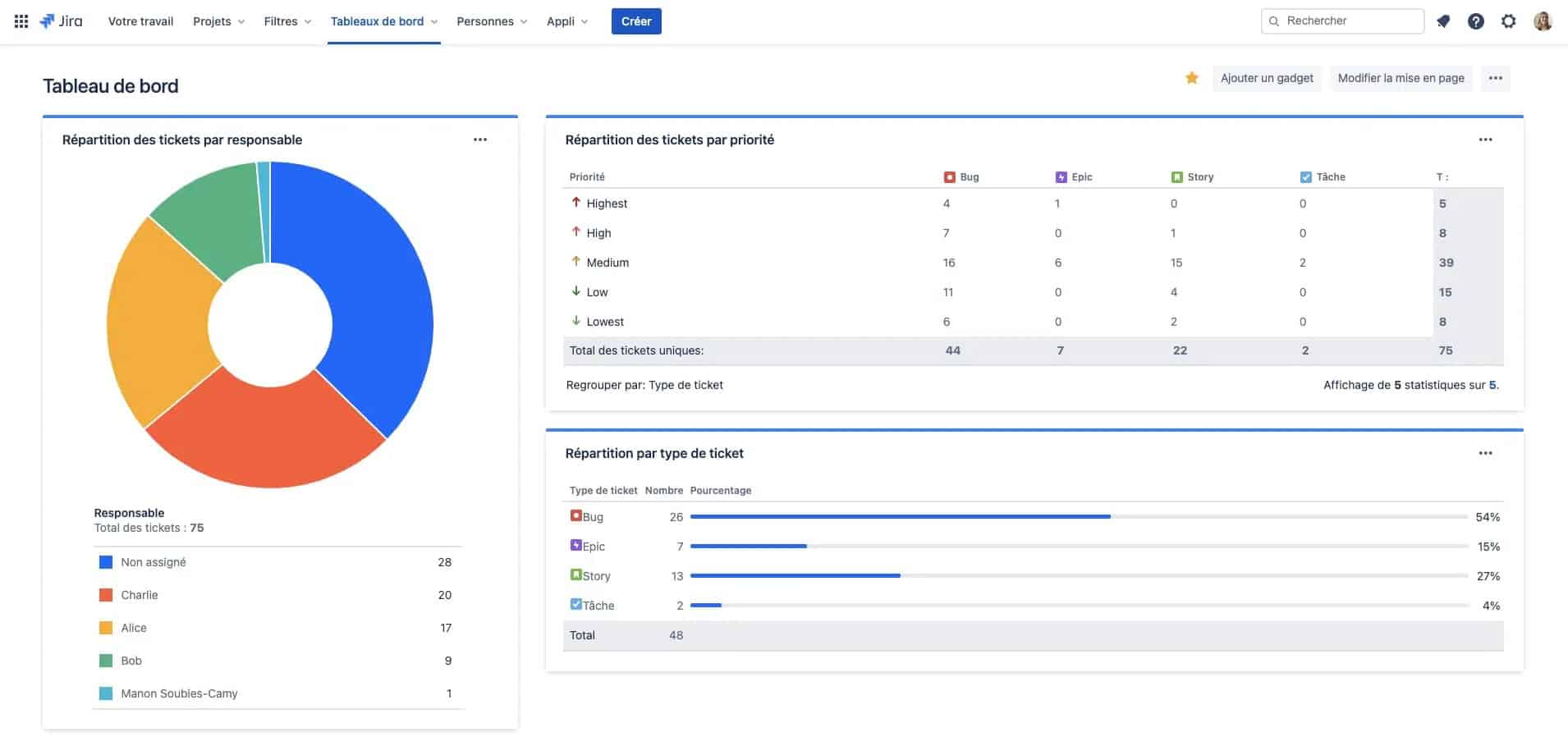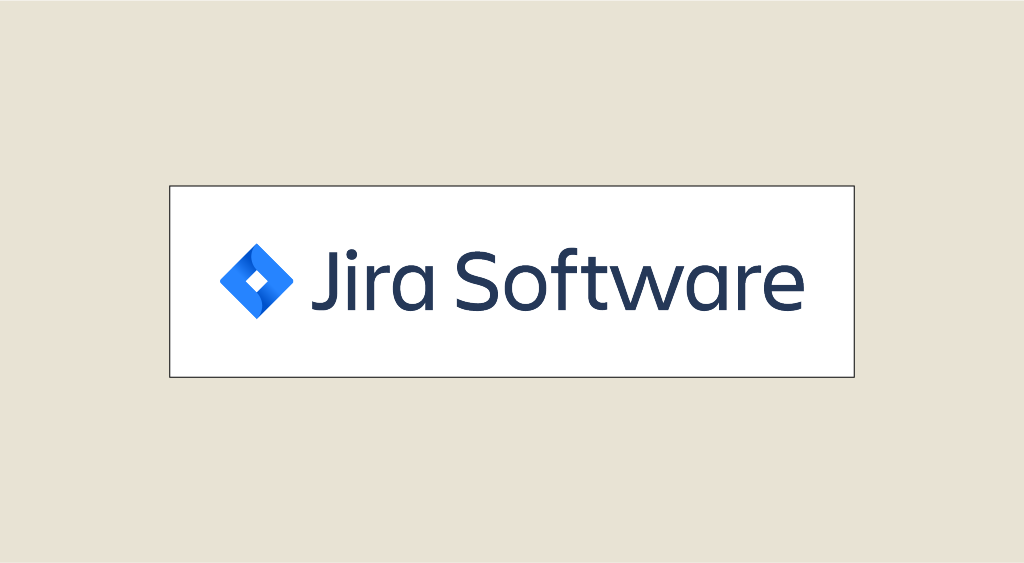Find out in this article how to optimize your teamwork time and improve the organization of your projects. We introduce you to the Jira platform: the context in which we use it, how it works and its advantages.
What is Jira?
Jira is a project management software that was launched in 2002 by Atlassian. Initially designed to manage issues and defects, Jira has continuously evolved to offer a wider and more diverse range of features. In 2021, Google even decided to integrate Jira with Google Workspace.
The purpose of this interface is now to enable teams to work more efficiently together by facilitating collaboration among team members and allowing them to continuously track project progress. It is currently used worldwide and has thousands of companies among its users.
When should Jira be used?
Jira is used in agile environments. Agility in business is an approach that involves integrating a mindset and culture of flexible and collaborative working methods to effectively and quickly respond to changes in the environment, customers, and the market. It involves the application of several principles: transparency, collaboration, and continuous adaptation.

In an agile context, teams are autonomous and multidisciplinary, which fosters greater creativity and, consequently, better quality. Agility is applicable to various types of companies, including startups, SMEs, and large enterprises. Agility is implemented at various levels of organization, including marketing, human resources, and product development, often involving teamwork and collaboration.
Therefore, Jira is a project management tool that allows all team members to manage the agile workflow together. With Jira, a team can visualize bugs, track tasks, identify quality issues, and delays in the development process, all while collaborating within the team.
But more precisely, how does the platform work?
The interface of Jira is user-friendly and easy to navigate. It is designed for users to quickly become familiar with the tool. In fact, Atlassian provides tutorials and guides to help teams learn how to use it efficiently.
There is also an online community where users can seek help and advice from other Jira users.
Jira emphasizes communication within the team: the interface offers real-time collaboration features. Comments can be added to bugs and tasks to discuss issues and attempt to resolve them by proposing solutions. Users can also enable notifications to stay informed about changes and comments made by other team members.
The interface includes clear dashboards, drag-and-drop functionality, and allows teams to create projects, tasks, and sub-tasks to track progress. Tasks can be assigned to team members, deadlines can be set, and priorities can be assigned.
In terms of security, Jira’s features are robust. Data is stored on secure servers, and regular backups are performed. Specific permissions can be configured to control access to specific information as needed.


What's in it for me?
Jira offers numerous advantages thanks to its many features.
Firstly, Jira is advantageous due to its flexibility. Each team and organization can customize it to meet their specific needs and requirements. For example, they can create custom fields to collect data and information on tasks that are unique to them.
In addition to project management, Jira provides bug and issue tracking capabilities. Team members can report bugs and track the resolution process. It is also possible to keep a record of the history of bugs that have appeared during the project’s development.
Another advantage is that team members can track and work on the project from anywhere in the world as long as they have an internet connection.
Jira also integrates various development tools such as Confluence, Git, GitHub, or BitBucket, which are useful for teams looking to track code updates or link tasks to specific code issues. These integrations enhance the overall development and project management process.
However, Jira can quickly become costly for teams that do not need all of its features or for small teams.
In other words, the principle is simple: centralize information to gain visibility into work and, therefore, improve efficiency. This is why Jira software is widely used around the world.
In summary, Jira is a powerful and flexible Agile project management tool that offers companies and teams the ability to work together more efficiently.
By providing various features for planning, task and bug tracking, reporting, and integration with other development tools, Jira remains a popular choice for software development and project teams.










